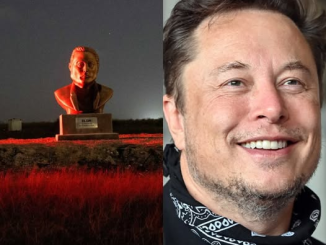
When Elon Musk’s Starlink launched its ambitious initiative to blanket the Earth with high-speed internet from space, it was hailed as a revolution for the world’s unconnected. With a vast constellation of low Earth orbit (LEO) satellites, Starlink aimed not merely to narrow the digital divide — but to erase it. And nowhere did that vision seem more vital than in Mexico.
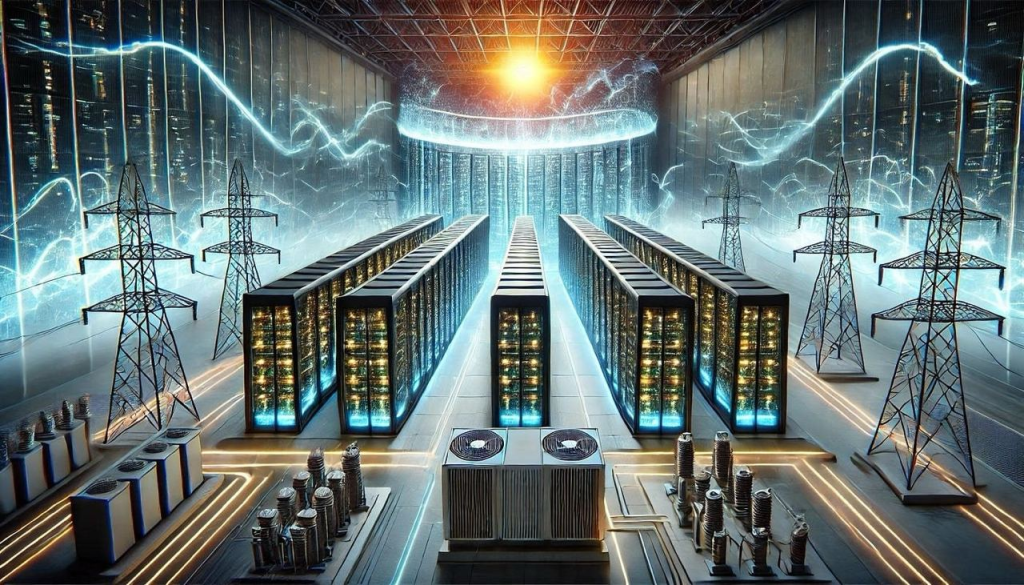
Armed with a plan valued at over $430 million, Starlink set its sights on some of Mexico’s most remote and underserved regions — places long ignored by traditional telecoms due to their rugged terrain, sparse populations, or the sheer expense of installing ground infrastructure.

It was the perfect use case for Starlink’s strengths: bypass the need for fiber optics and cell towers by delivering connectivity straight from the sky.
Initially, the promise was electrifying. Government partnerships were forged, and officials praised Starlink as a leap toward bridging Mexico’s digital inequality. In rural communities, the prospect of streaming education, remote healthcare, and economic participation finally felt within reach.
And by the numbers, the rollout looked like a success: over 1.6 million users across Mexico had tapped into Starlink’s network.
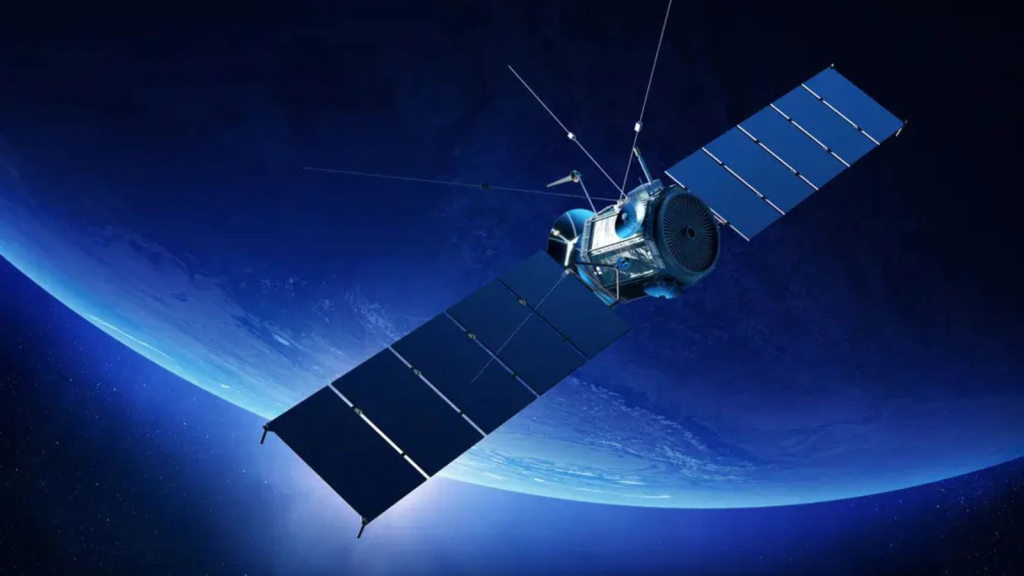
But beneath the surface, a deeper issue began to emerge — one not of satellite failure, but of grounded reality. The biggest challenge wasn’t in space. It was back on Earth.
Despite the investment and the impressive tech orbiting above, Starlink’s reach in Mexico has begun to stall — hamstrung by infrastructure shortfalls, affordability gaps, and policy delays.
The Starlink system is elegantly simple in theory. Thousands of satellites beam internet signals to receivers on the ground. Users need only a dish, a modem, and electricity. For communities without fiber or cellular service, it was a breakthrough.
Yet implementation proved more complex than anticipated.

Each connection requires equipment — the satellite terminal — which must be installed, maintained, and powered. For an urban customer with reliable electricity and disposable income, it’s a smooth experience. But for a village in Chiapas or Oaxaca, where electricity can be unreliable and incomes are low, it’s often unattainable.
While some government programs subsidized terminals, supply was limited. In many cases, only schools or local centers received kits, not individual homes. And even where equipment was delivered, connectivity often struggled under high demand and limited ground infrastructure.
The issue wasn’t in the sky — it was in the details.
Satellite internet still relies on a network of ground stations (or gateways) to link orbiting satellites with the global internet. Without enough gateways — or without reliable local power, trained technicians, or regulatory support — even the best satellites can’t deliver.
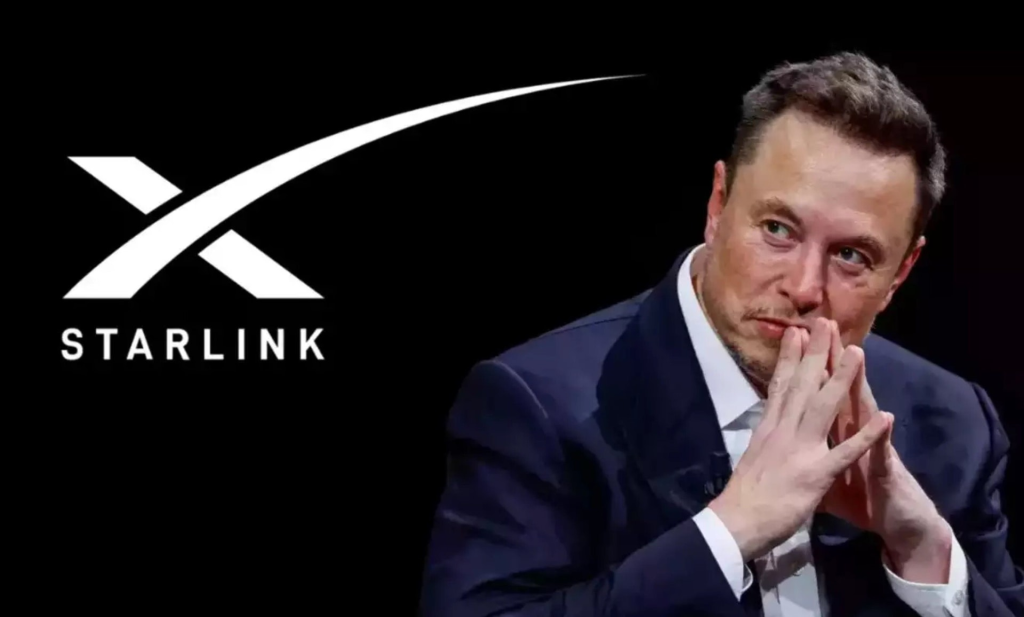
Several planned ground stations in Mexico were delayed due to bureaucracy, local land disputes, and zoning obstacles. The complexity of real-world infrastructure caught up with the simplicity of Starlink’s design.
Then there’s the cost.
A Starlink terminal costs between $400 and $600 USD, plus a monthly subscription of $50 to $100. For many Mexican families, particularly in rural areas living on informal or agricultural income, that’s an insurmountable barrier.
In a country where the daily minimum wage is under $15, Starlink’s pricing effectively excludes the very people it aims to serve.
This mismatch between Starlink’s mission and its model creates a paradox: the technology is designed for the disconnected, but affordable only to the connected.

Even with subsidies, the cost of fully deploying Starlink in all of Mexico’s underserved regions would far exceed the initial $430 million scope. Billions more would be needed to reach meaningful saturation.
What’s happening in Mexico isn’t a failure of technology — it’s a case study in the limitations of innovation without ecosystem thinking.
Starlink is brilliant. But brilliance alone isn’t enough. For it to work, it needs local partnerships, culturally appropriate rollouts, layered infrastructure strategies, and sustainable pricing.
Ironically, Starlink’s most appealing trait — its independence from traditional telecoms — is also its Achilles’ heel. No single company, no matter how visionary, can solve systemic digital inequality in isolation.
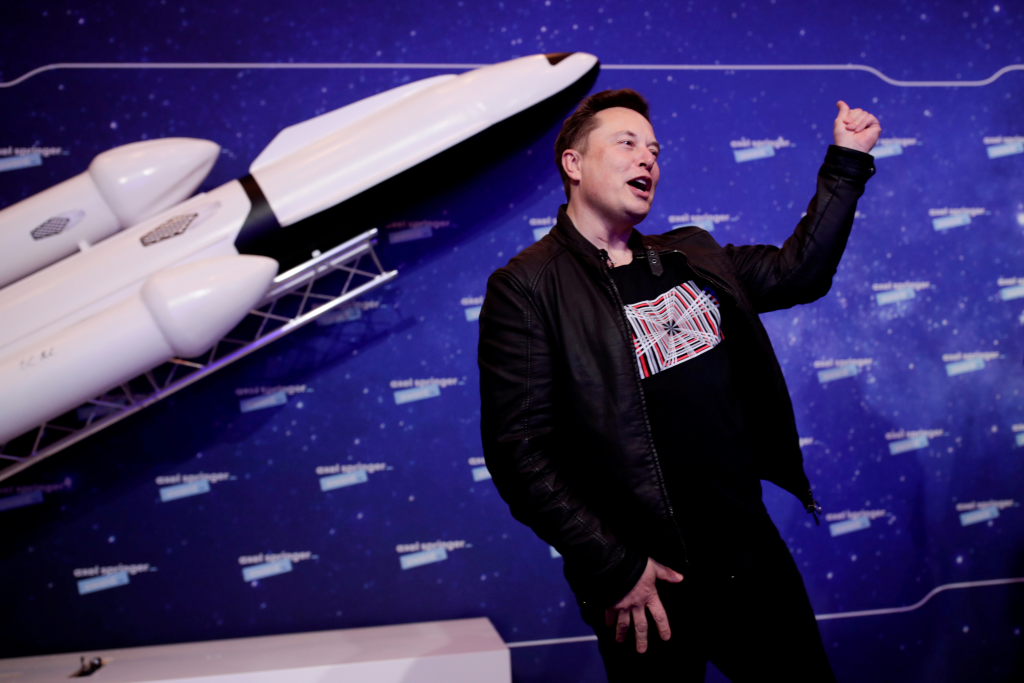
Still, all is not lost. Starlink’s expansion in Mexico continues, and the groundwork is there for future success. With the right public-private collaborations, it could still transform education, healthcare, and emergency response in areas long left offline.
But the next phase must go beyond enthusiasm. It requires grounded planning, local alignment, and a recognition that even the most advanced systems are limited by the slowest parts of the chain — whether that’s electricity, policy, or poverty.
The Starlink experience in Mexico is a parable for modern technology itself: sky-high ambition, awe-inspiring design, and massive investment — all contending with the gravity of human systems.
Putting $430 million worth of satellites in orbit is an achievement. But real success? That happens only when the connection lands — and lasts — on the ground.
